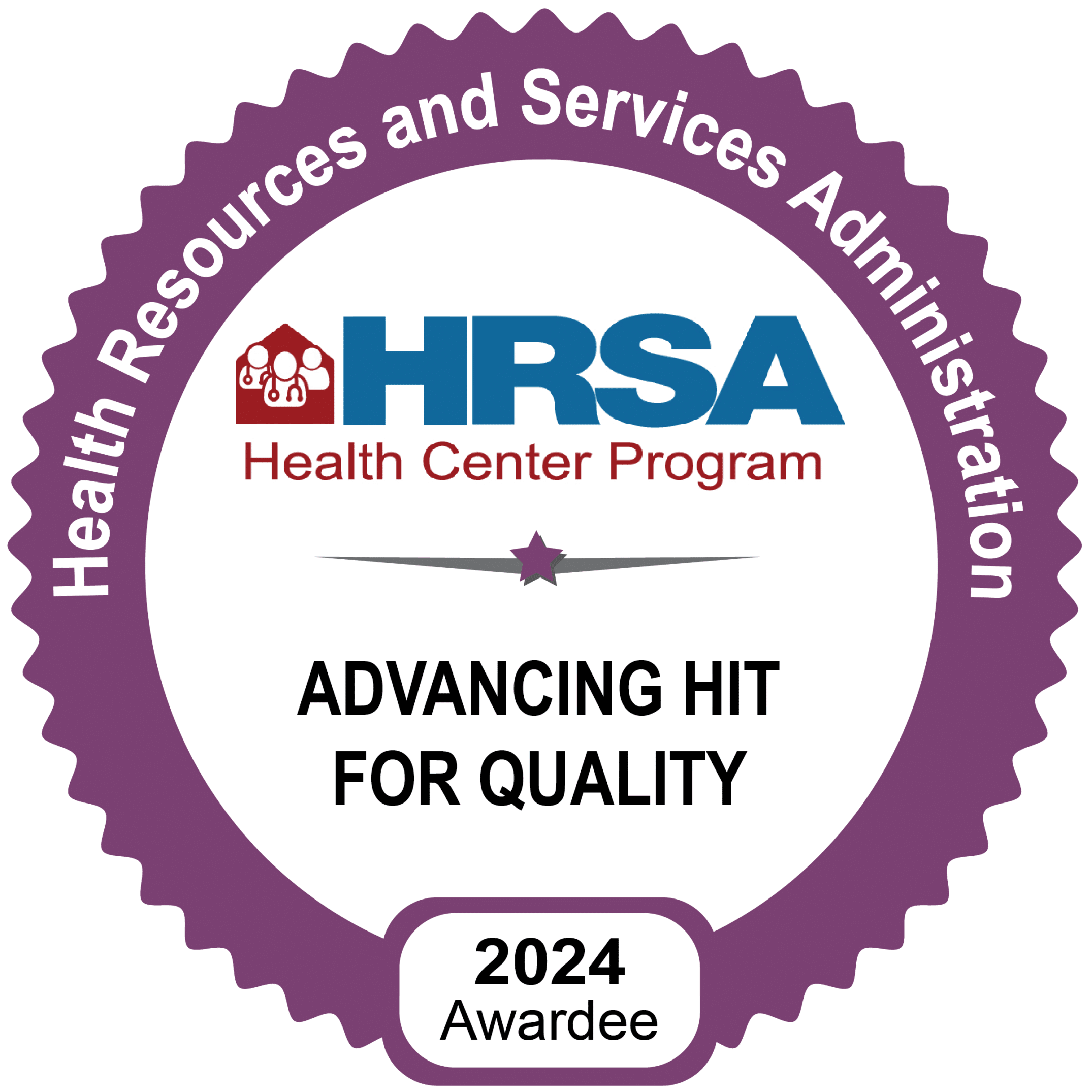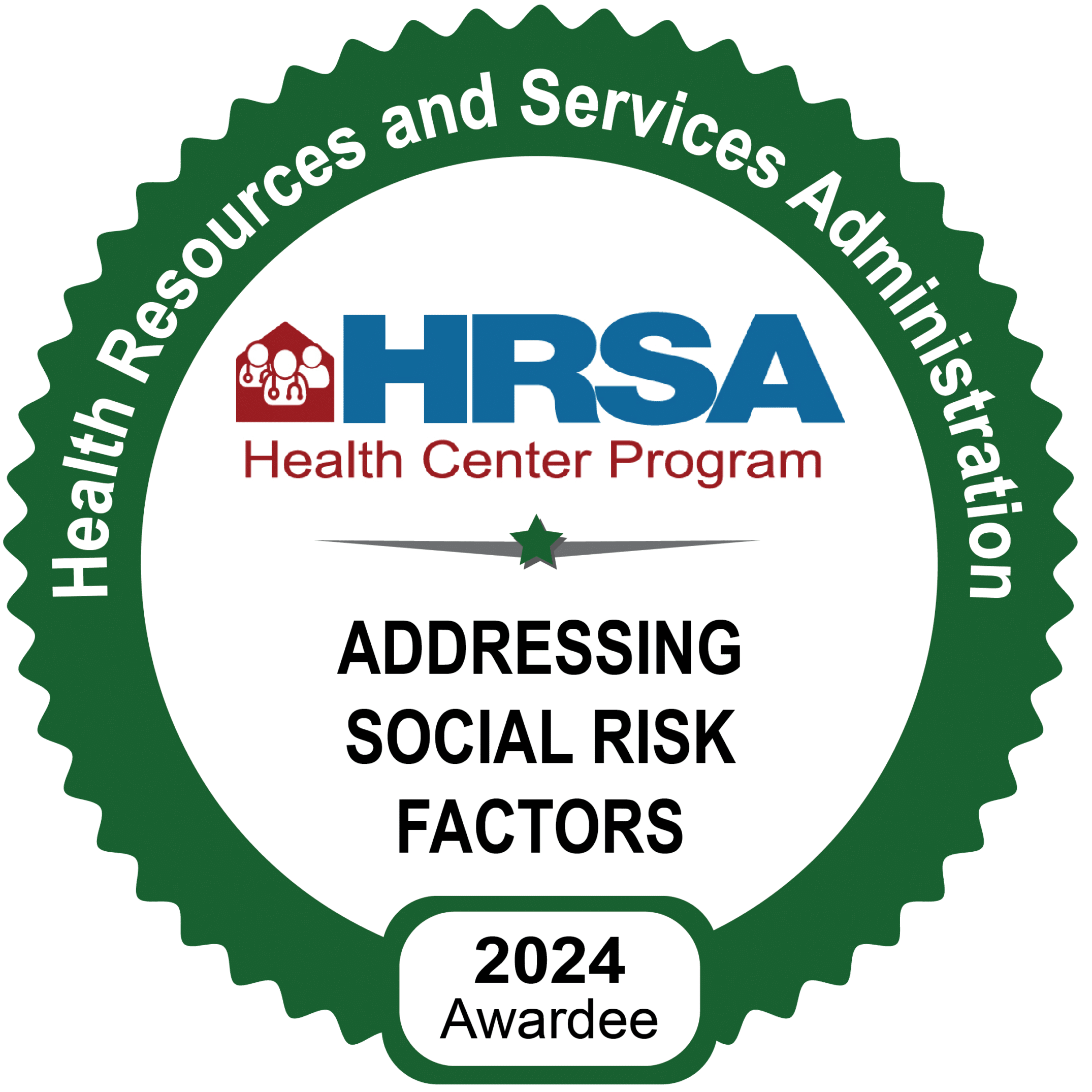Essential Tips for Preventing Common Podiatric Issues
Your feet are the foundation of your body, bearing the weight of your daily activities and enabling movement, yet they often go unnoticed until a problem arises. Maintaining good foot health is crucial not just for mobility but also for your overall well-being.
Common Podiatric Issues
Many people experience foot problems that range from minor discomfort to serious conditions requiring medical intervention. Understanding these issues is the first step in preventing them. With proper care and attention, you can significantly reduce your risk of developing these conditions.
- Plantar Fasciitis: A painful condition caused by inflammation of the tissue running along the bottom of your foot, often due to overuse or improper support.
- Bunions: Bony bumps that develop at the base of your big toe, often aggravated by wearing tight or ill-fitting shoes.
- Corns and Calluses: Thickened layers of skin that form as a result of repeated pressure or friction.
- Ingrown Toenails: Nails that grow into the surrounding skin, often leading to pain, swelling, and infection.
- Athlete’s Foot: A fungal infection that causes itchy, scaly skin, typically between the toes.
- Heel Spurs: Calcium deposits on the underside of the heel bone, often linked to plantar fasciitis or excessive strain.
Tips for Preventing Foot Problems
1. Choose Proper Footwear: Wearing the right shoes is one of the most effective ways to prevent foot problems. Here’s what to keep in mind:
- Fit Matters: Ensure your shoes fit well, providing enough room for your toes to move freely without feeling cramped.
- Support and Cushioning: Look for shoes with adequate arch support and cushioning to reduce stress on your feet.
- Activity-Specific Shoes: Use footwear designed for specific activities, such as running or walking, to provide the right support and stability.
- Replace Worn Shoes: Shoes lose their support over time, so replace them when they show signs of wear.
2. Practice Good Hygiene: Keeping your feet clean and dry is vital for preventing infections like athlete’s foot.
- Wash your feet daily with soap and water, ensuring you dry thoroughly between your toes.
- Trim your toenails straight across to avoid ingrown nails.
- Use breathable socks and change them regularly to keep moisture at bay.
3. Avoid Prolonged Pressure: Standing or walking for extended periods can lead to foot strain and problems like corns, calluses, and heel pain. To prevent these:
- Alternate between standing and sitting during long workdays.
- Use cushioned insoles or orthotics for added comfort and support.
- Elevate your feet during breaks to improve circulation and reduce swelling.
4. Stretch and Exercise: Strengthening the muscles in your feet and legs can enhance stability and reduce the likelihood of injuries.
- Incorporate stretching exercises, like toe stretches and ankle rolls, into your daily routine.
- Engage in activities like walking or yoga to improve foot flexibility and balance.
5. Monitor Your Feet Regularly: Inspect your feet regularly for any signs of issues, such as redness, swelling, or changes in skin texture. Early detection is key to addressing problems before they worsen.
When to See a Podiatrist
While many foot problems can be managed with proper care, some require professional intervention. If you experience persistent pain, swelling, or changes in foot function, it’s time to see a podiatrist. Early diagnosis and treatment can prevent complications and help restore your mobility.
Visit Teche Health for Expert Foot Care
Taking care of your feet is an investment in your overall health and quality of life. At Teche Health, our licensed podiatrists in Franklin and Thibodaux specialize in treating ailments of the foot and lower legs. Whether you’re dealing with a chronic condition or looking for preventive care, our team is here to help.




